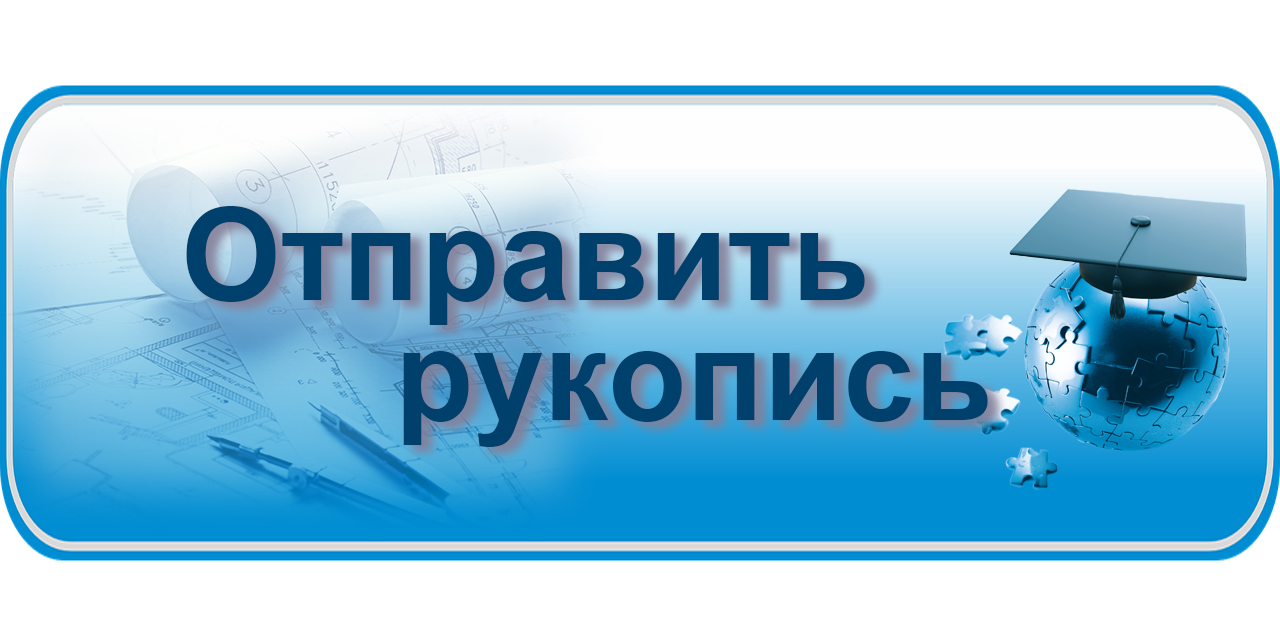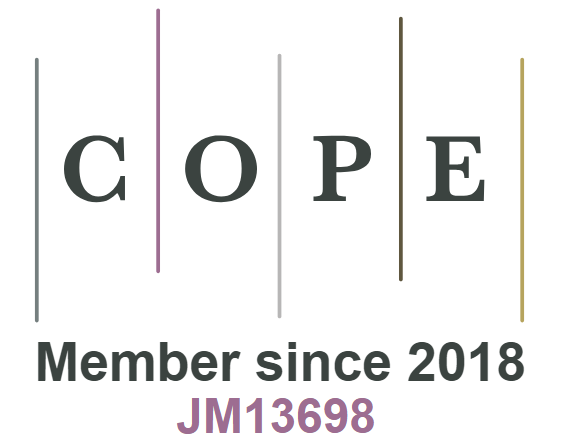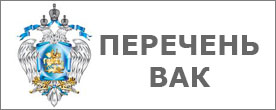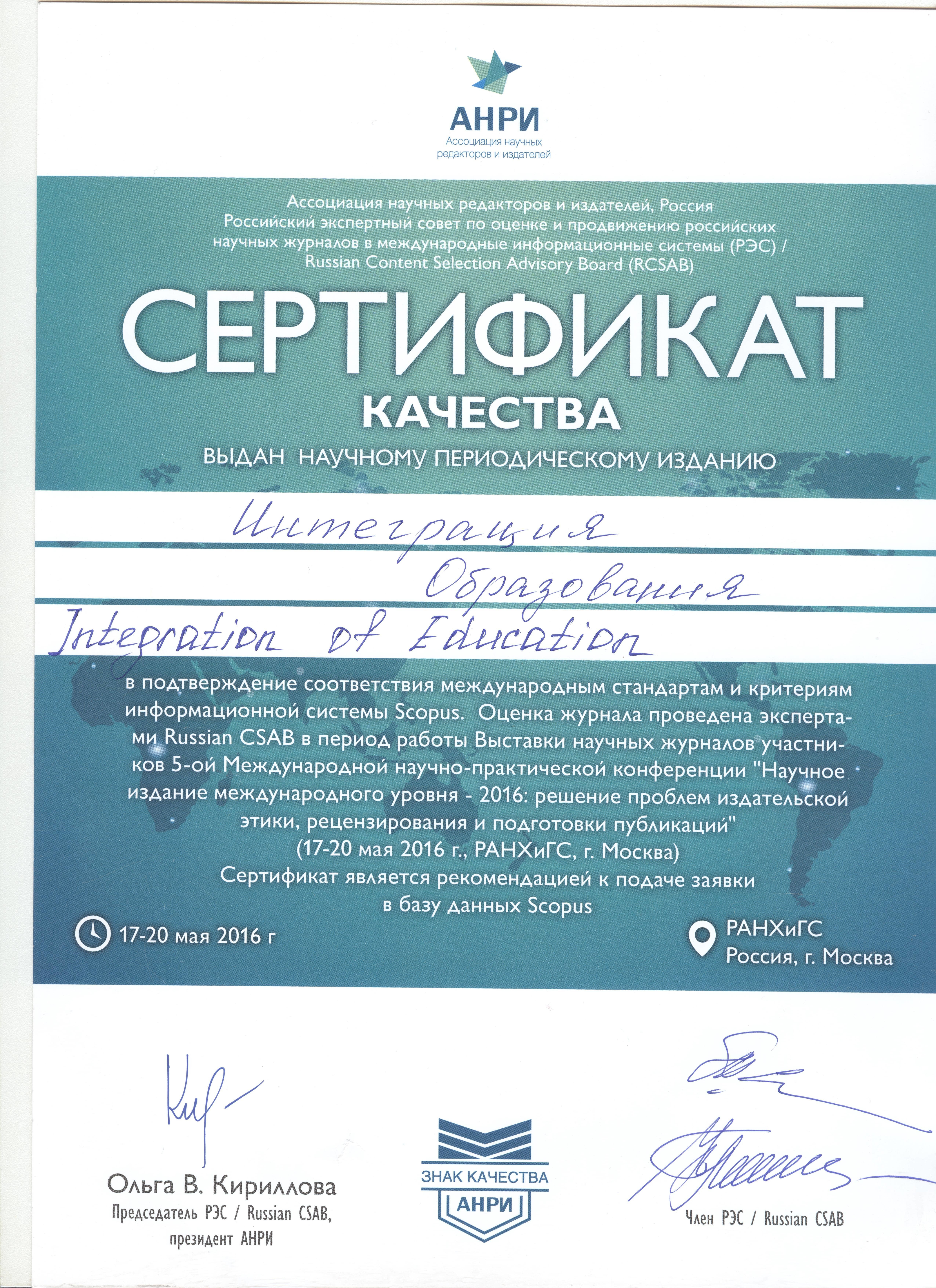УДК 378.147:544:002 DOI: 10.15507/1991-9468.081.019.201504.056
Решение художественно-образных задач при создании лабораторного практикума по физколлоидной химии (аналогия с архитектурой)
Хекало Татьяна Валентиновна
(доцент кафедры химии ГБОУ ВПО «Дальневосточный государственный медицинский университет» (Россия, г. Хабаровск, ул. Муравьева – Амурского,
д. 35), кандидат химических наук, Этот адрес электронной почты защищён от спам-ботов. У вас должен быть включен JavaScript для просмотра.)
Постмодернизм – основное направление современной философии, культуры, эстетики, искусства и науки. Он объективно знаменует собой новый этап в развитии общества, культуры, и форм науч- ного познания. Иллюстрацией этого нового этапа являются исследования эстетических измерений математики, физики, биологии и металлургии. В статье сделана попытка изучения эстетических из- мерений объектов физической и коллоидной химии. Автор при создании лабораторного практикума по физколлоидной химии поставил и решил некоторые художественно-образные задачи. Проведена аналогия проектирования лабораторных опытов с проектированием архитектурных форм. Показано, что в процессе создания лабораторного практикума преподаватель должен решить ряд задач; например, функционально-технологические, экономические и художественно-образные. Подробно проанализированы художественно-образные задачи. Доказано, что при проектировании лаборатор- ных работ по физколлоидной химии необходимо учитывать законы формообразования (тектонику) и законы психологии визуального восприятия. Изучено влияние тектоники физико-химических объ- ектов на психо-эмоциональное состояние экспериментатора-зрителя-студента. Показана особая роль архитектуры как наиболее синтетического из всех видов искусства, а так же как «родоначальника» тенденций постмодерна. Применены фундаментальные законы визуального восприятия для улучшения эстетического, эмоционального восприятия физико-химических объектов. Фундаментальные зако- ны формообразования применены к новым, «нелинейным» объектам, ранее не изучавшимся в курсе физколлоидной химии для медицинских вузов. Показано, что физико-химические объекты – дендри- ты-кристаллы и кольца Лизеганга – имеют модус существования архитектурных объектов. Описано, как учитывать тектонику и принцип существования двух конусов при проектировании лабораторных работ по физколлоидной химии.
Ключевые слова: физколлоидная химия; лабораторный практикум; законы формообразования; психология восприятия; тектоника; физико-химические объекты
Для цитирования: Хекало, Т. В. Решение художественно-образных задач при создании лабора- торного практикума по физколлоидной химии (аналогия с архитектурой) / Т. В. Хекало // Интеграция образования. – 2015. – Т. 19, № 4. – С. 56–65. DOI: 10.15507/1991-9468.081.019.201504.056
DEALING WITH ARTISTIC AND IMAGINATIVE TASKS IN THE DEVELOPMENT OF A LABORATORY
PRACTICUM ON PHYSCOLLOIDAL CHEMISTRY (ANALOGY WITH ARCHITECTURE)
Khekalo Tatyana Valentinovna
(associate professor, Chair of Chemistry, Far Eastern State Medicine
University (35, Muravyov-Amursky Str., Khabarovsk, Russia), Ph.D. (Chemistry), Этот адрес электронной почты защищён от спам-ботов. У вас должен быть включен JavaScript для просмотра.)
Postmodernism is the mainstream of modern philosophy, culture, aesthetics, art and science. Objectively, it marks a new stage in the development of society, culture, and forms of scientific knowledge. An illustration of this new phase is the research of the aesthetic dimension of mathematics, physics, biology and metallurgy. The first argument in favor of studying the aesthetic dimensions of natural and technical Sciences, that all scientific knowledge, formulas, theories, models, are created by scientists under the influence of aesthetic traditions, in a certain cultural field, taking into account their own aesthetic emotions, feelings, needs, values. The second argument is that the perception and the art and science conventicle, it depends on the aesthetic of the installation the spectator-observer, from his interests, tastes. Man not only thinks, he feels. In this work the attempt of studying the aesthetic dimensions of physical and colloid chemistry. The author in the creation of a laboratory practicum on physcolloidal chemistry set and resolved some artistic and imaginative tasks. An analogy of the design of laboratory experiments design of architectural forms. It is shown that in the process of establishing a laboratory practical work the teacher has to solve several problems; for example, functional-technological, economic and artistic-shaped. Analyzed is artistic and imaginative tasks. It is proved that the designing of laboratory works on physcolloidal chemistry must take into account the laws of formation (tectonics) and the laws of the psychology of visual perception. The influence of tectonics physical and chemical objects on the psycho-emotional state of the experimenter-audience-the student is explored. The paper shows a special role of architecture as the most synthetic of all arts, as well as “ancestor” trends of postmodernism. Applied are fundamental laws of visual perception to improve the aesthetic, emotional perception of the physical and chemical features. The fundamental laws of morphogenesis applied to new, “non-linear” objects that were not previously studied in the course physcolloidal chemistry for medical schools. It is shown that the physico-chemical objects – dendrites-crystals and, lizeganga rings – have the mode of existence of the architectural object. The article shows how to take into account the tectonics and the principle of two cones in the design of laboratory works on physcolloidal chemistry.
Keywords: physcolloidal chemistry; laboratory practice; laws formation; psychology of perception; tectonics; physical and chemical objects
For citation: Khekalo T. V. Dealing with artistic and imaginative tasks in the development of a laboratory practicum on physcolloidal chemistry (analogy with architecture). Integratsiya obrazovaniya = Integration of Education. 2015, vol. 19, no. 4, pp. 56–65. DOI: 10.15507/1991-9468.081.019.201504.056
Скачать статью в pdf (To download article).

Материалы журнала доступны по лицензии Creative Commons «Attribution» («Атрибуция») 4.0 Всемирная.








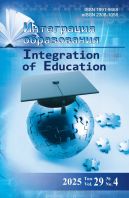
 Шаблон статьи
Шаблон статьи
